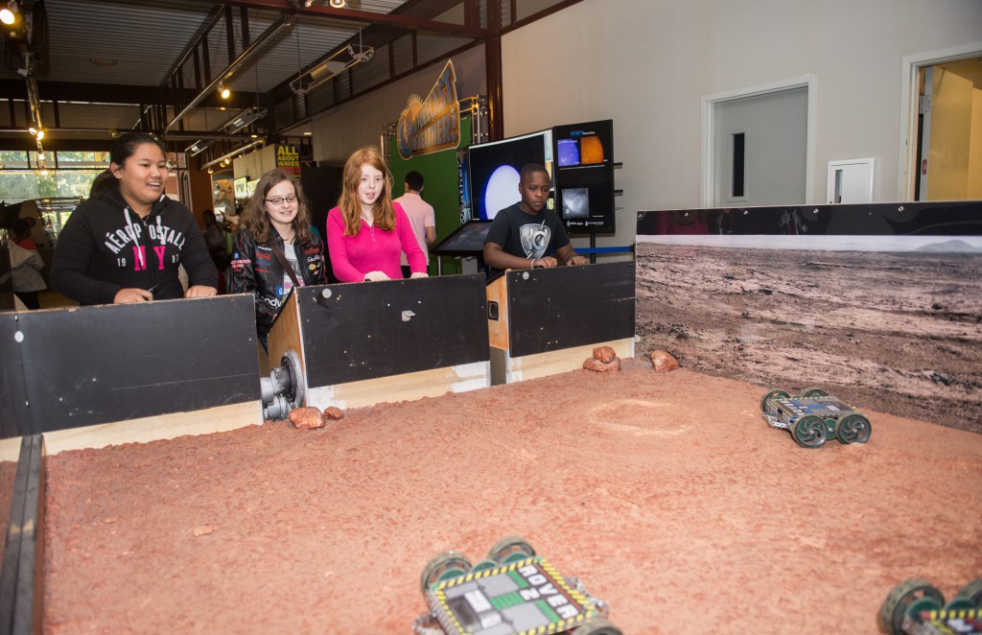Tech has recently been chosen by NASA to lead its Innovative Mars Exploration Education and Technology (IMEET) program, a three-year program with a grant of $1.25 million to nurture, promote and inspire the next wave of high school students to come up with new ideas for travel to Mars.
Professor Daniel Schrage, director of the Integrated Product Lifecycle Engineering Lab (IPLE), described the program as an initiative to both promote student interest in space exploration and progress towards a Mars mission.
“NASA’s been looking at going to Mars for the past 30 years, but unless we’re able to prove that one, there’s traces of water there, and two, there’s traces of microbial life there, we won’t be able to get the funding,” Schrage said.
The new IMEET program is the child of an eight-year Defense Advanced Research Projects Agency (DARPA) project, in which Tech hosted summer camps for high school students about designing and building aerial robots, ground rovers and wind turbines suitable for the Mars environment using computer-aided design. The two programs are now separate, having identified different long-term goals, but still share the same purpose of educating and inspiring students.
“DARPA decided to go in another direction, but they liked what we were doing so continued to support us,” Schrage said.
Tech has played a key role in the development of this program.
“It’s programs like this that allow Georgia Tech to be known throughout the world. Tomorrow, I’m going to the Nanjing University in China on how and why helicopters can be implemented in the Mars atmosphere and see whether they want in,” Shrage said.
He also stresses how this approach is ground breaking in its ability to get students involved directly in the process in new and innovative ways.
“No one else does it this way,” Schrage said. “We are trying to change STEM into STEAM, in which Arts and Manufacturing are also incorporated.”
Working along with the Kennedy Space Center Visitor Complex, the Museum of Aviation, the South Florida Science Center and the Coc a-Cola Space Science Center, and using the NASA Space Grant Consortia’s resources, the IMEET will recruit students from all over the nation. The first two years of the program will be the development stage for aerial and ground robots, while the third year will be the piloting phase. There will be a workshop Oct. 11 in the Weber Building of Aerospace Engineering where the deputy director of NASA will be the keynote speaker for the initiation of the program.
Schrage has expressed interest in a variety of ideas via NASA’s The Big Idea initiative that he is looking forward to incorporating into the design process, such as In-Space Assembly.
“We realized it’s difficult to get payload deliveries to Mars, so what we’re looking to do is to send the parts into the Moon’s orbit, assembling it while in orbit, then sending it to Mars,” Shrage said.
In addition, this program will allow for minority students and schools in underprivileged locations to be introduced to the program and careers relating to space exploration. Recently, Professor Schrage has been involved with an initiative in which STEM classes would be integrated into one thousand high schools internationally, one of them being the Marymount School of New York, an inner city, all-girls school.
“The objective is to allow 400 students to be a part of this program, but we hope to triple that in the next few years” Shrage said.
He hopes to continue his work and strengthen the American workforce through implementation of programs like IMEET.
